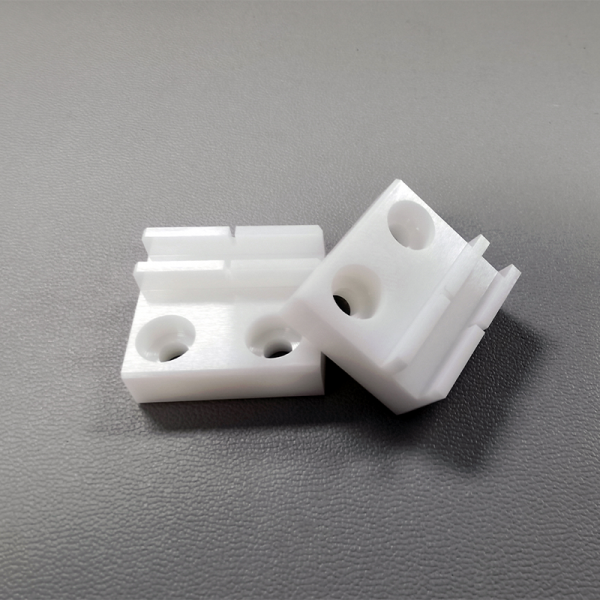The Dance of Heat and Material
When we think of the robust vitality of ceramics, it’s hard not to ponder their inherent properties that keep them alive through heat, moisture, and the trials of time. Much like LED lights humming steadily, these earthy elements exhibit a remarkable thermal shock resistance of ceramics. The ability to withstand the sudden changes in temperature is akin to a dancer’s grace as they pivot without faltering. Each piece of ceramic, thoughtfully created, can endure the flames of the kiln and the chill of an ice bath, a testament to its crafted beauty and structural integrity. Thus, what lies behind this enchanting performance is a science as profound as the art itself.

Unraveling the Thermal Shock Parameter
At the heart of ceramic resilience is the enigmatic concept known as the thermal shock parameter. This measurement determines how robustly a ceramic can withstand rapid temperature fluctuations without succumbing to cracking or deformation. Visualize a pot placed on the stovetop, the water boiling joyfully within. If suddenly shifted to an ice-cold surface, will it crack? This delicate balance is what the thermal shock parameter encapsulates, illustrating not only a material’s durability but also its functionality. As science entwines with art, a higher threshold signifies not only stronger ceramics but also a broader application in the world of technology and design.
The Importance of Ceramic Temperature Resistance
Delving deeper, we find that the true potential of ceramics is intricately linked to their ceramic temperature resistance. This characteristic allows ceramics to endure high temperatures without losing their structural integrity. Imagine the bang of a traditional oven, where earthenware can safely cradle the heat emitted from boiling casseroles or shimmering breads. Enhanced temperature resistance is crucial for applications that require the material to withstand both extreme heat and rapid cooling. Thus, this enhances their usability across a myriad of fields, from art to industrial applications, solidifying their place as a staple in effective design and engineering.
Summary of Key Insights
In summary, the exploration of ceramics’ characteristics reveals a fascinating interplay of science and artistry. The thermal shock resistance of ceramics assures their endurance against harsh and unpredictable environments. The thermal shock parameter serves as a guide to understanding how each piece can thrive under pressure, and the ceramic temperature resistance provides the foundation upon which these materials can confidently stand. For those seeking high-quality ceramics that embody resilience and beauty, look no further than Great Ceramic, known for their stellar manufacturing capabilities and supply advantages.
Expanding the Insights
The magnetic charm of ceramics, enriched by their thermal shock resistance of ceramics, becomes even more enticing when we consider their vast applications in everyday life. From kitchenware to engineering solutions, each piece is crafted with an understanding of the delicate balance between aesthetics and durability. This is not merely about surviving—it’s about thriving and becoming a cherished part of life’s moments. Every cup of coffee sipped from a ceramic mug possesses not only heat retention but also an essence born from the earth, whispering tales of its creation with each use.
As we examine the nuances of the thermal shock parameter, we appreciate that numbers alone do not define a material. It tells a story of resilience, of innovation, and of carefully engineered designs that defy the odds. This understanding encourages designers to experiment and push boundaries, propelling ceramics into new territories of functionality. With a fine balance maintained through each test, we are reminded that these numbers translate into real-world performance vital for any discerning consumer or manufacturer.

Finally, when we consider ceramic temperature resistance, it unlocks a world of possibilities in innovative design. Ceramics can now be employed in applications where high temperatures are the norm rather than the exception, ensuring they remain safe and reliable. This evolution marks an exciting time for ceramics as they seamlessly blend traditional craftsmanship with modern technological advancements. Every creation invites us to witness the journey of transformation from raw earth to stunning artwork, speaking volumes to the durability they offer.
Choosing Great Ceramic guarantees that you invest in not just products but a philosophy of excellence and sustainability, ensuring that every piece meets the expectations of quality and longevity. Their engagement in research and development solidifies their standing as leaders in the ceramic industry, making them the ideal choice for those looking for longevity and aesthetic appeal.
